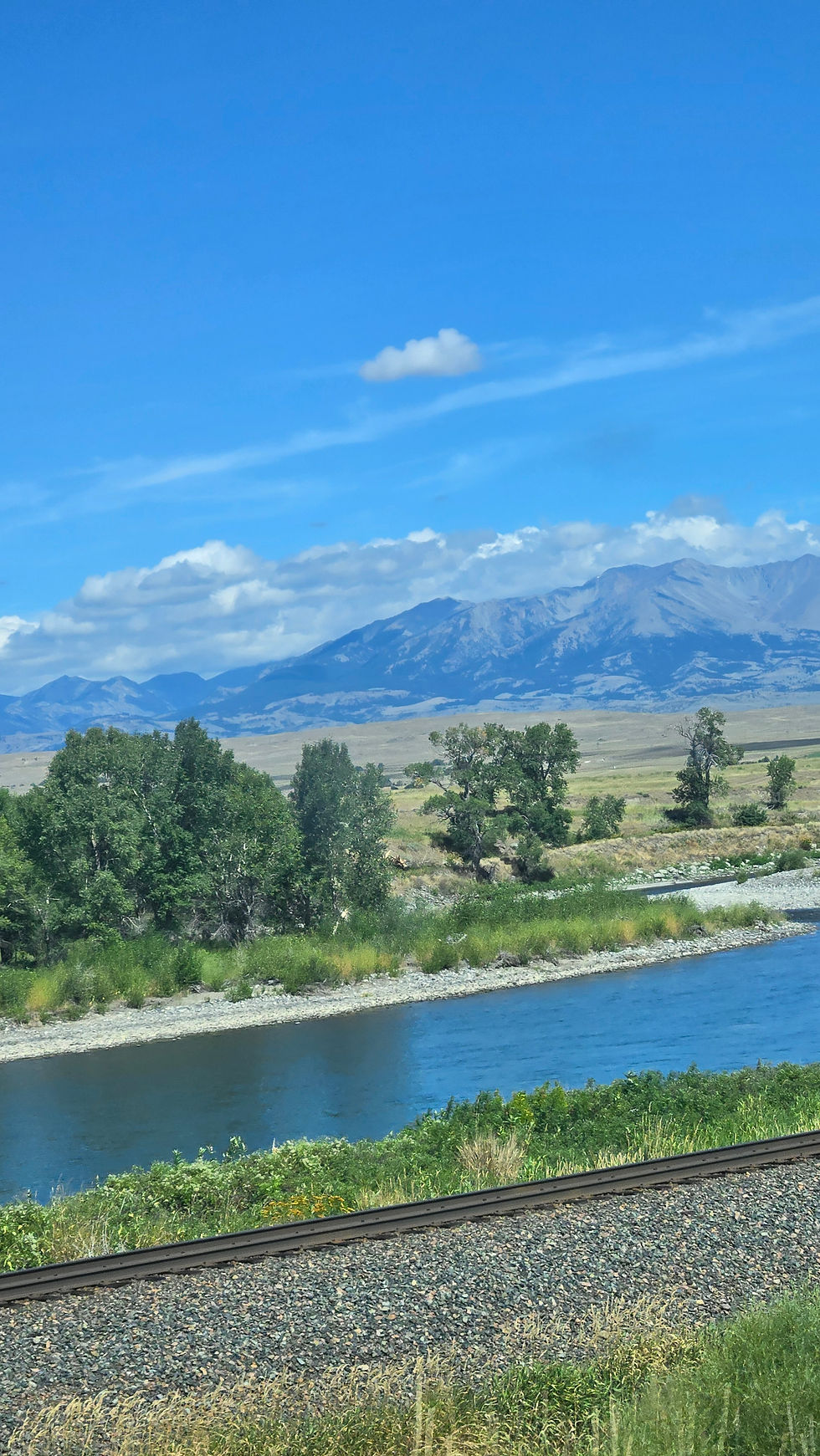I Didn’t See This Coming—But My Skin Did
- ekferraco
- Jun 30
- 4 min read

I kinda dread my dermatology visits. Do you? That anxious wait while they examine every freckle and spot, wondering if this time they’ll find something serious? Over the past 20 years, I’ve had several basal cell carcinomas removed—mostly from my upper arms and chest. But last year, a new one popped up right on my temple. And this year? Two more showed up on my torso. Cue major eyebrow raise: I haven’t sunbathed there in decades.
Turns out, this was old UV damage finally revealing itself. If it can happen to me, it could happen to you too. That’s why I’m sharing my story. Not to scare you, but to help you catch things early, protect your skin now, and feel more confident walking into that derm office.
Today’s Me: SPF 30, Hats, Sleeves, Repeat
Back in the late ’70s and ’80s, tans were all the rage. We'd spend hours under the sun with little more than SPF 4, if anything at all. Fast forward a few decades, and I’ve done a complete 180. SPF 30 is now my bare minimum. I wear hats, UPF-rated long-sleeved shirts, and never leave home without my sunglasses.
And on my face? Every single day—rain, shine, or snow—I wear a tinted moisturizer with SPF 50. That’s 365 days a year, no exceptions.
Oh—and don’t forget your lips! They’re just as vulnerable to UV damage. I use Burt’s Bees SPF 30 lip balm, which comes in fun flavors like Beaches & Cream and Coco Loco. It makes reapplying a little more enjoyable (and a lot more likely).
When it comes to sunscreen, I’ve also learned to choose wisely. Not all SPF is created equal. I stick with mineral sunscreens, especially those with zinc oxide as the active ingredient. Zinc forms a physical barrier that reflects UV rays—and unlike some chemical filters, it doesn’t absorb into the bloodstream.
Many chemical sunscreens contain ingredients like oxybenzone and octinoxate, which have raised concerns about being endocrine disruptors—chemicals that may interfere with hormone function. That’s not a risk I’m willing to take.
Fortunately, mineral sunscreens have come a long way. Brands like Alba Botanica, Blue Lizard, and Badger now offer formulas that rub in smoothly without leaving that chalky white cast.
Still, despite all my current efforts, those new skin cancers showed up anyway. It was a loud, unwelcome reminder: sun damage doesn’t always show itself right away. It waits, sometimes years—even decades—before making an appearance.
So if you think your “sun days” are behind you… you might want to think again.
The New Addition to My Skin Routine: Nicotinamide (Niacinamide)

After my most recent biopsies, I asked my dermatologist what more I could do—because just reacting to skin cancer wasn’t enough anymore. That’s when I learned about nicotinamide, a form of vitamin B3.
Nicotinamide doesn’t just sit in your system passively. It helps your skin repair damage by boosting cellular energy, supporting DNA repair, and reducing inflammation. It even helps your immune system patrol for early signs of skin cancer.
Translation? It’s fighting in the background while you live your life.
And it really works. A major clinical trial in 2015 showed that taking 500 mg of nicotinamide twice a day reduced new non-melanoma skin cancers by 23%. That’s huge—especially if, like me, you’ve racked up years of UV exposure.
Of course, check with your doctor before starting anything new. But for me, it felt empowering to finally do something proactive.
I Use It Inside and Out
I take nicotinamide orally, and I’ve also added a topical vitamin B3 serum to my morning routine. It’s gentle on my skin, helps even out my tone, and makes me feel like I’m taking one more meaningful step to protect myself. That extra defense feels especially important here in Florissant, Colorado—where the sun doesn’t mess around at 8,200 feet, and with more than 300 days of sunshine a year, UV exposure is practically nonstop.
The Colorado sun hits different because for every 1,000 feet of elevation, UV exposure increases by roughly 10%. At my elevation, that means I’m getting 80% more UV exposure than someone at sea level! Even when it’s cloudy. Even in winter. Emphasizing that sun protection can’t just be a summer thing. It has to be a lifestyle.
So, What Can You Do?
Have you had a full-body skin check lately? If not, get one on the schedule.
Do you wear sunscreen on cloudy days, or when you're just running errands?
Have you considered adding nicotinamide to your routine? It might be worth a conversation with your dermatologist.
Do you know the signs of skin cancer—what to look for and when to act?
The Good News
After a string of biopsies and surgeries, I finally got a break—this year’s annual skin scan (a.k.a. mole patrol) came back clear for the first time in two years— accompanied by a big sigh of relief.
Between the vitamin B3 supplement, my morning niacinamide serum, and daily sun protection, I finally feel like I’m giving my skin a fighting chance.
And if you’ve ever feared your derm appointments like I did, know this: taking control feels so much better than crossing your fingers. Protect your skin. Be vigilant. And don’t wait.








Comments